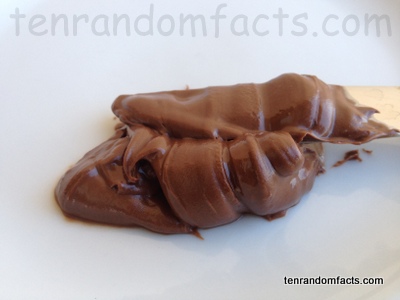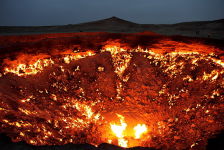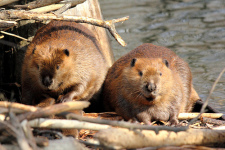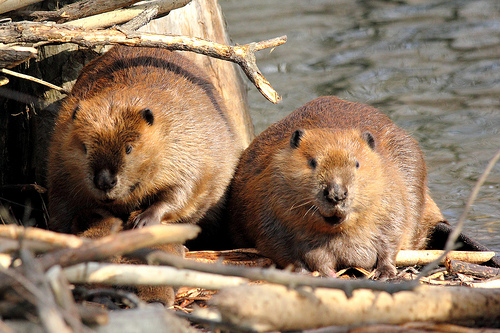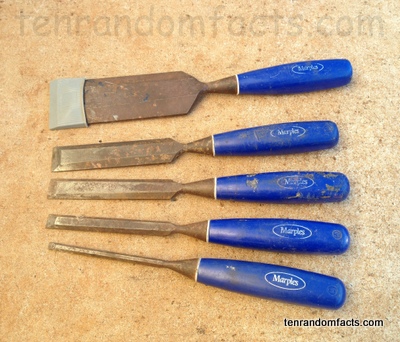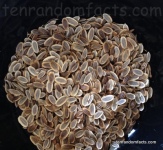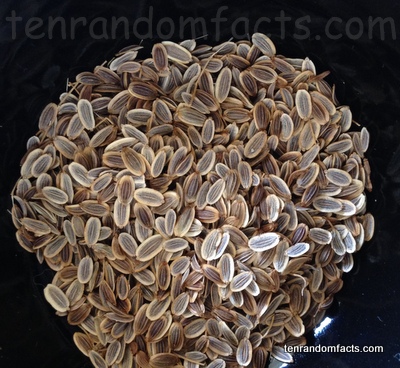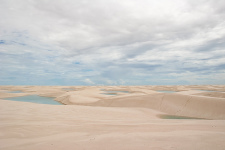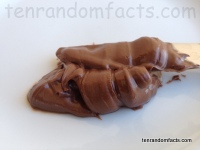
Spreadable chocolate and nuts is hazelnut chocolate spread.
- Hazelnut chocolate spread, also known as ‘chocolate spread’, is a cocoa flavoured substance that is typically known by the famous brand name ‘Nutella’.
- Hazelnut chocolate spread typically contains oil, sugar, cocoa, milk powder and hazelnuts, as well as a few other ingredients, and is usually made by extracting the cocoa and processing the hazelnuts, then mixing the items with the other ingredients, into a paste.
- Hazelnut chocolate spread was first invented by Italian confectioner Pietro Ferrero, in Italy’s Piedmont, after World War II, to give people an affordable chocolate treat.
- The first invented hazelnut chocolate spread was originally solid, known as ‘Pasta Gianduja’, which was first sold in 1946, and later altered so that it became spreadable, which was known as ‘Supercrema’ in 1951.
- Hazelnut chocolate spread is commonly used on wheat-based items, such as bread, waffles, crumpets and scones.
- In 1964, ‘Supercrema’ was improved and released as ‘Nutella’, by Michele Ferrero, Pietro’s son, which is the original, and leading hazelnut chocolate spread brand.
- Hazelnut chocolate spread has been previously marketed as a healthy item, due to the healthy hazelnuts, but generally the product actually contains a large quantity of sugar and fat.
- Hazelnut chocolate spread was originally targeted at all ages, but later primarily at children, who are one of the main consumers of the spread.
- Hazelnut chocolate spread is high in fat, sugar, and manganese and is a good source of vitamin E, copper and iron.
- Although hazelnut chocolate spread originated in Italy, it entered the market in the United States of America in 1983, and it is now sold around the world under different names, recipes and brands, by different companies.
Bibliography:
History of Hazelnut Chocolate Spread, 2013, Nutilight, http://www.nutilight.com/#!HISTORY-ON-HAZELNUT-CHOCOLATE-SPREAD/cqpw/6136BBEF-617B-4315-9DA2-818B42B7439D
Mitzman D, Nutella: How the world went nuts for a hazelnut spread, 2014, BBC News Magazine, http://www.bbc.com/news/magazine-27438001
Nutella, 2014, Wikipedia, http://en.wikipedia.org/wiki/Nutella





